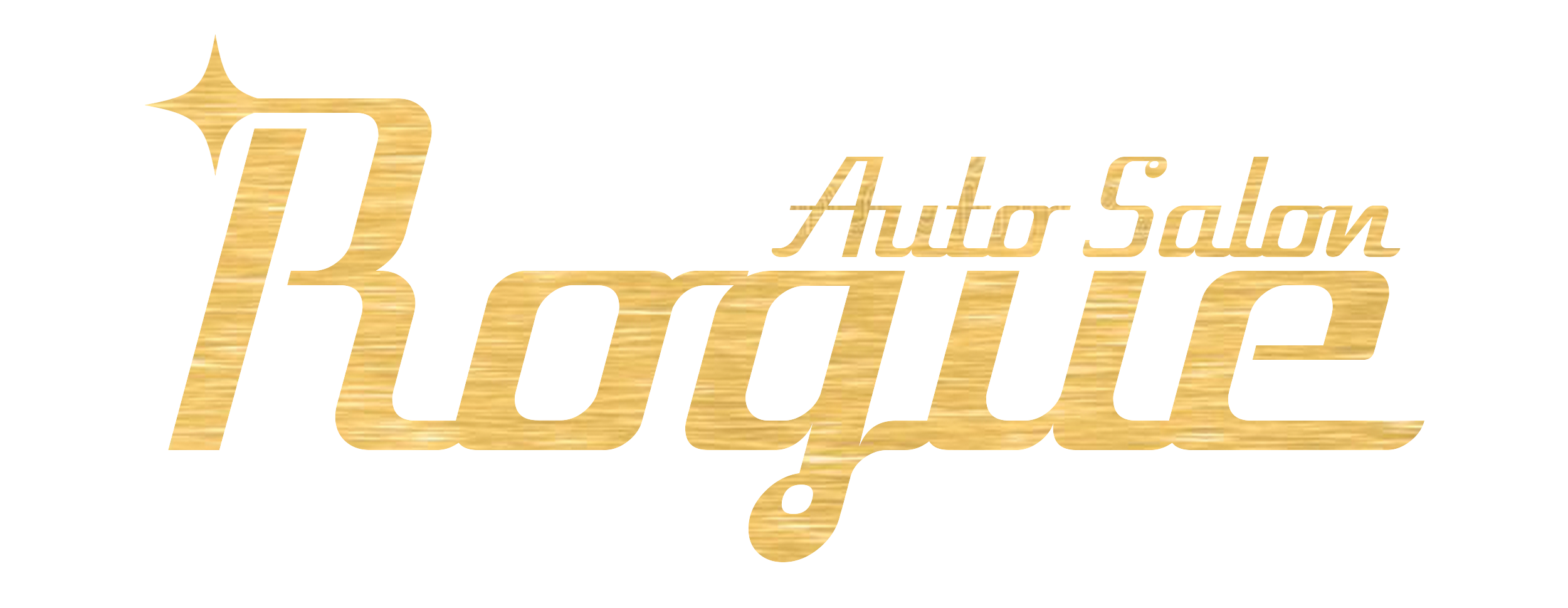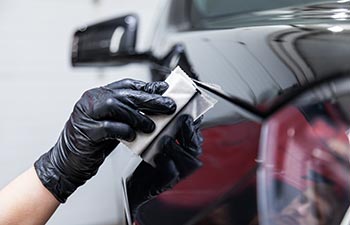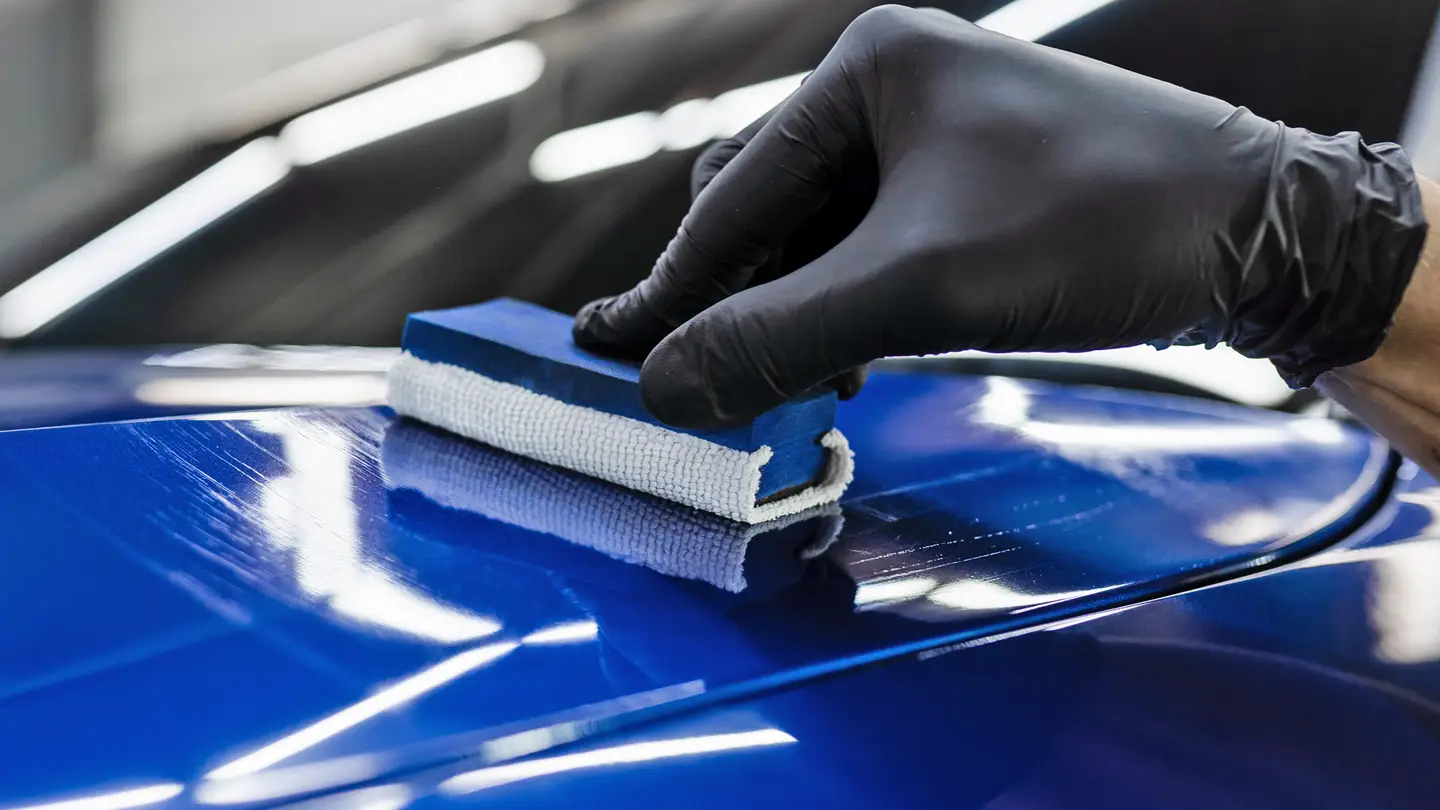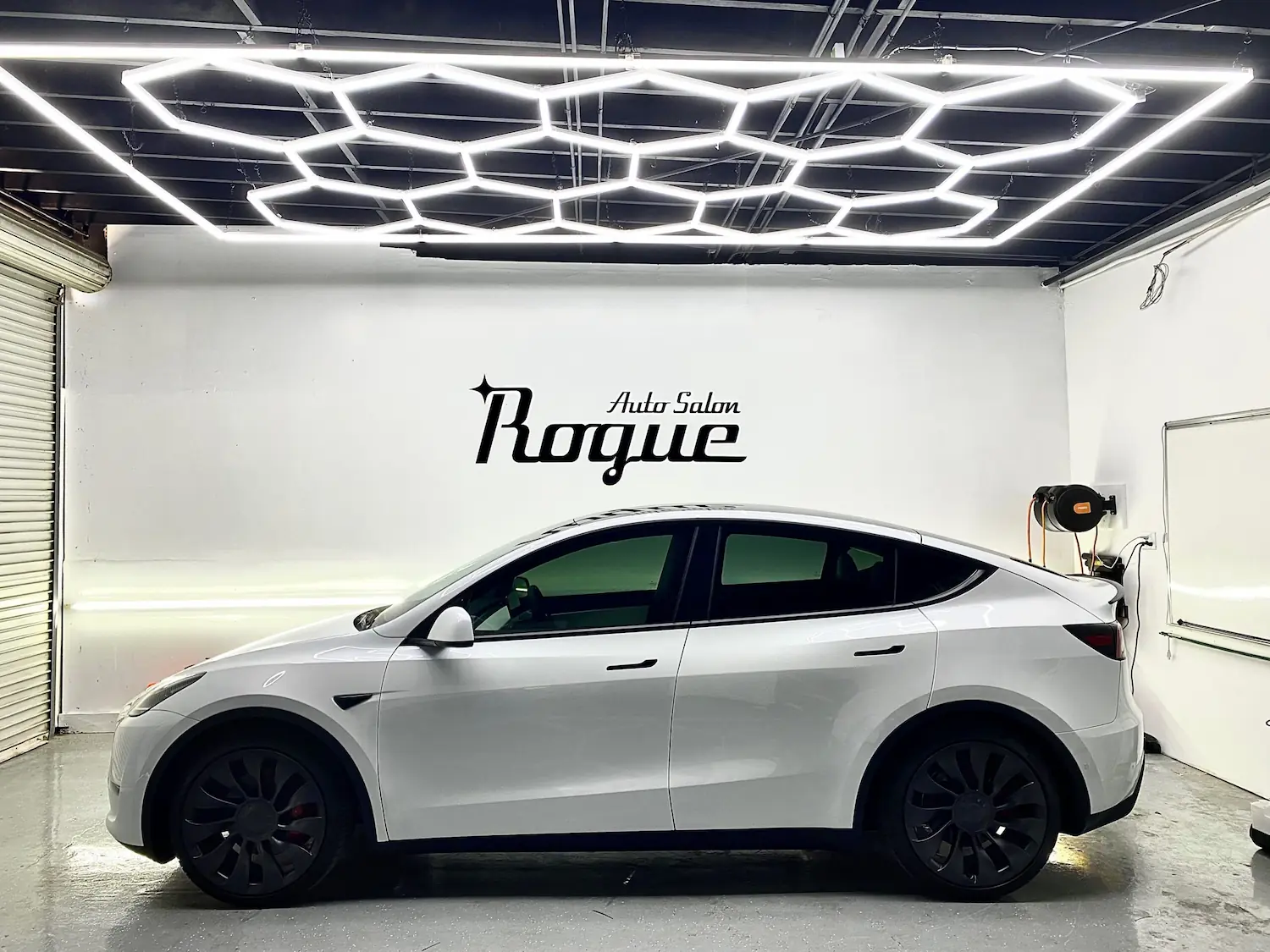Autocare
How Much Heat Does Ceramic Tint Block?
Discover the science behind ceramic tint and how it keeps your ride cool and comfortable.
Window tinting has evolved from being a simple aesthetic upgrade to a high-tech enhancement that significantly improves comfort, energy efficiency, and protection, especially in vehicles and buildings exposed to intense sun. One of the most common questions we hear today is: How much heat does ceramic tint block?
The answer?
A lot more than you might think, even without going darker. This blog will break down how ceramic tint works, how it compares to traditional tinting methods, and why it’s considered one of the best heat-rejecting window films available today.
What Is Ceramic Tint?
Before we dive into the heat rejection capabilities, let’s quickly understand what ceramic tint is.
Ceramic window tint is a type of advanced film that contains nano-ceramic particles. Unlike traditional tints that use dyes or metals, ceramic tint doesn’t rely on color or reflection to do its job. Instead, these tiny ceramic particles are engineered to block specific parts of the sun’s spectrum—most notably, infrared radiation (IR), which is the main cause of solar heat.
So even when ceramic tint appears light or nearly clear, it can still outperform much darker traditional tints in terms of heat rejection.
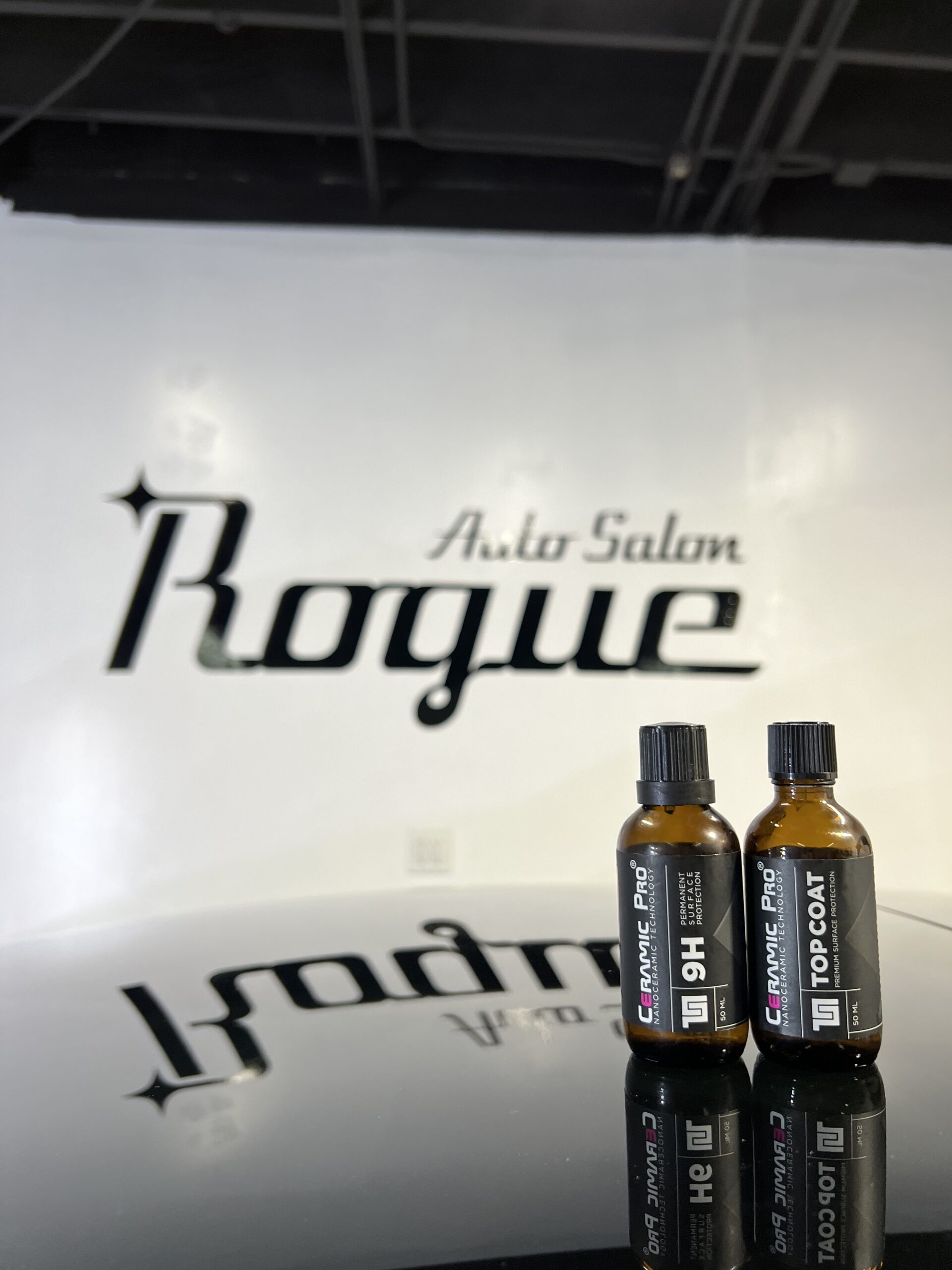
How Much Heat Does Ceramic Tint Block?
Here’s the short answer to the big question: Ceramic tint can block up to 90% or more of the sun’s infrared heat, depending on the quality of the film. Some high-end ceramic tints block up to 98% of infrared radiation and nearly 99% of harmful UV rays.
Here’s a quick breakdown based on typical performance ratings of ceramic window films:
Film Type | Visible Light Transmission (VLT) | Infrared Rejection (IRR) | UV Rejection |
Ceramic Tint A | 70% VLT (lighter) | 95% IRR | 99%+ |
Ceramic Tint B | 50% VLT | 96% IRR | 99%+ |
Ceramic Tint C | 30% VLT | 97% IRR | 99%+ |
Ceramic Tint D | 5% VLT (very dark) | 98% IRR | 99%+ |
As you can see, even a light ceramic tint with 70% VLT can block 95% of infrared heat, making it highly effective without sacrificing visibility.
Heat Rejection vs. Tint Darkness: A Common Misconception
Most people assume that the darker the tint, the better the heat rejection. While this might have been true with older dyed or metallic films, ceramic tint flips this idea on its head.
Traditional Tint (Dyed or Metallic):
- Blocks heat mostly by absorbing sunlight.
- The darker the film, the more heat it absorbs—but it can also trap heat inside the vehicle or building.
- Limited in infrared rejection, especially in budget versions.
Can interfere with GPS, radio, and mobile signals (especially metallic tints).
Ceramic Tint:
- Blocks heat by rejecting infrared radiation, not just absorbing it.
- Offers high heat rejection even in lighter shades.
- Doesn’t interfere with electronics or signals.
- Stays cooler to the touch and doesn’t radiate heat inward.
So when you ask, How much heat does ceramic tint block, the better question might be: “How much infrared radiation does it reject?” — because that’s what truly matters.
Why Infrared Rejection (IRR) Matters
The sun’s energy consists of:
- 53% Infrared (IR) – Feels like heat.
- 44% Visible Light – What you see.
- 3% Ultraviolet (UV) – Causes sunburn, fading, and skin damage.
Since infrared radiation makes up more than half of the solar energy, rejecting it is key to keeping your car or room cooler. And ceramic tint excels at just that.
A ceramic film with 95–98% IRR significantly reduces how hot your car gets when parked under the sun, meaning:
- Cooler interior temperatures.
- Less reliance on air conditioning.
- Improved fuel efficiency or energy savings.
- More comfort for passengers and pets.

Other Benefits of Ceramic Window Tint
Besides its outstanding heat rejection, ceramic tint comes with several additional advantages:
Blocks 99%+ of UV Rays
Protects your skin from UV-related aging and damage, and prevents fading and cracking of your vehicle’s interior or home furnishings.
Enhanced Visibility
Even in lighter shades, ceramic tints reduce glare without compromising visibility—great for safe driving, especially at night.
Signal-Friendly
Unlike metallic tints, ceramic film won’t interfere with GPS, radio, Bluetooth, or mobile phone signals.
Long-Term Durability
Ceramic tints are resistant to bubbling, fading, and discoloration, giving you a polished look that lasts years longer than standard tints.
Legal Compliance
Because ceramic films can be high-performing even in light shades, they’re perfect for staying within legal VLT limits while still blocking significant heat.
Ceramic Tint vs. Regular Tint: Side-by-Side Comparison
Feature | Regular (Dyed) Tint | Ceramic Tint |
Heat Rejection | Low to Moderate | High (up to 98%) |
Infrared Rejection (IRR) | Minimal | Very High |
UV Protection | 80–90% | 99%+ |
Durability | May fade or bubble | Long-lasting, stable |
Clarity | Can distort the view | Crystal-clear visibility |
Signal Interference | No (dyed) / Yes (metal) | No interference |
Price | Low | Higher (but better value) |
If you’re on a tight budget, regular tint may be sufficient for glare reduction and a touch of privacy. But if your priority is heat control, comfort, and longevity, ceramic tint is well worth the investment.
How Much Cooler Is a Car with Ceramic Tint?
Real-world results vary depending on your climate, car type, and tint brand, but here’s what users often experience:
- 10°F to 25°F cooler interiors compared to non-tinted windows.
- Faster cooldown when the AC is turned on.
- Less discomfort when entering a parked car.
In hot climates or during summer months, this can make a huge difference in daily driving comfort.
Is Ceramic Tint Worth the Price?
The upfront cost of ceramic tint is higher, sometimes 2x to 3x more than regular dyed tint. But consider this:
- You’ll save on cooling costs (less AC use).
- It lasts longer (fewer replacements).
- Protects your health, interior, and electronics.
- Enhances resale value.
Over time, ceramic tint delivers better value for money compared to cheaper alternatives.
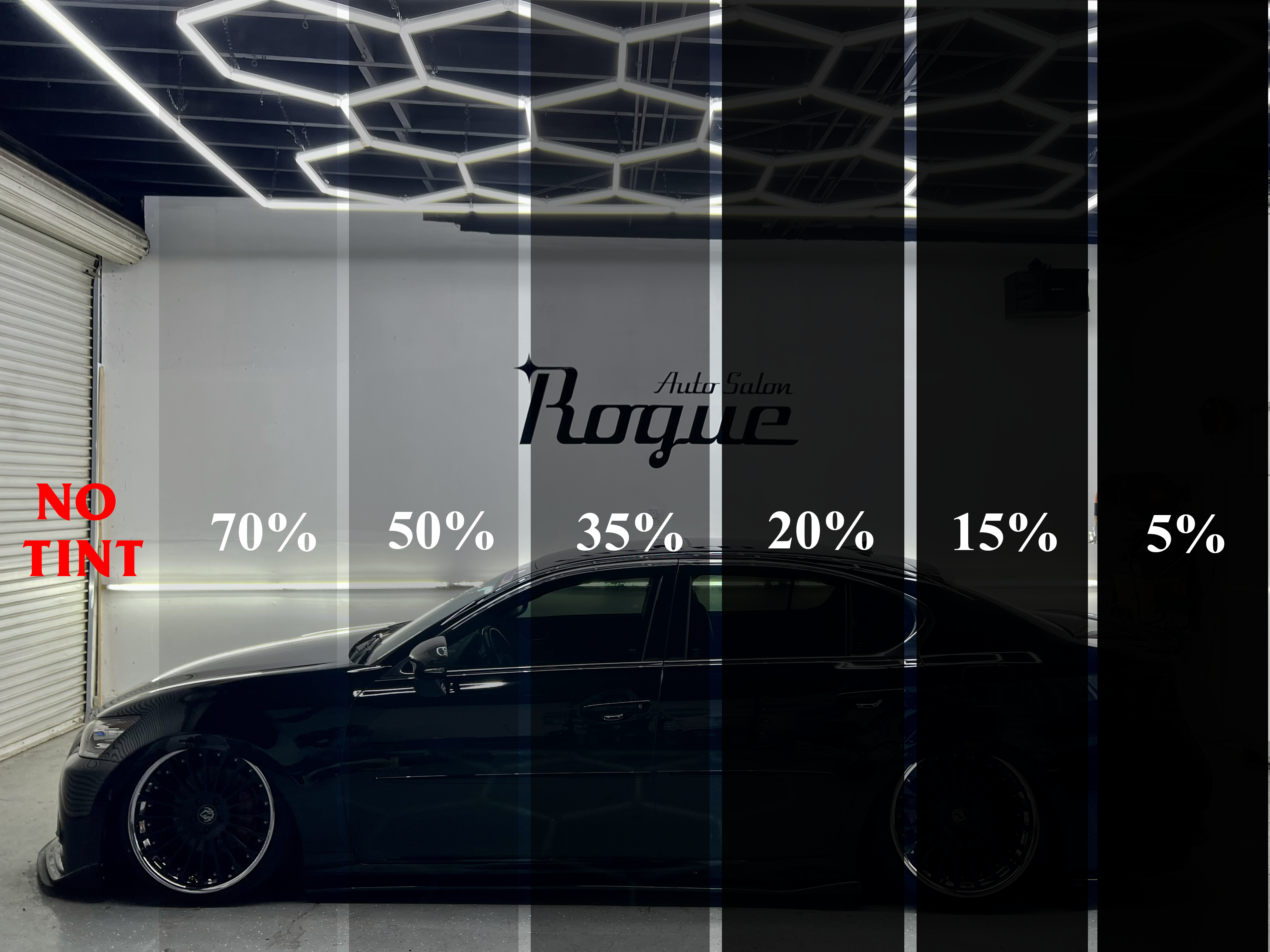
Choosing the Right Ceramic Tint for You
Not all ceramic tints are created equal. When choosing a film, pay attention to:
- Infrared Rejection (IRR) rating: Higher = better heat control.
- VLT rating: Choose based on your preference for darkness or visibility.
- Warranty: Look for lifetime warranties from reputable brands/installers.
- Local regulations: Always check the legal limits on window tint in your area.
For those who want it all—heat rejection, UV protection, clear visibility, and durability—ceramic tint is hard to beat.
Final Thoughts: How Much Heat Does Ceramic Tint Block?
So, to wrap it all up:
Ceramic tint can block up to 98% of infrared heat and 99% of UV rays, even in lighter shades. It’s a top-tier solution for anyone looking to beat the heat, protect their interior, and drive or live more comfortably year-round.
While it comes with a higher upfront cost, the performance, protection, and long-term value make ceramic tint a smart investment. Whether you want a cooler car, improved visibility, or simply better performance than standard tints, ceramic film is the clear winner.
Thinking of giving your car a ceramic tint wrap? Lucky for you, RogueAutoalon is here with the best window tinting services, making sure your vehicle gets top-of-the-line treatment.
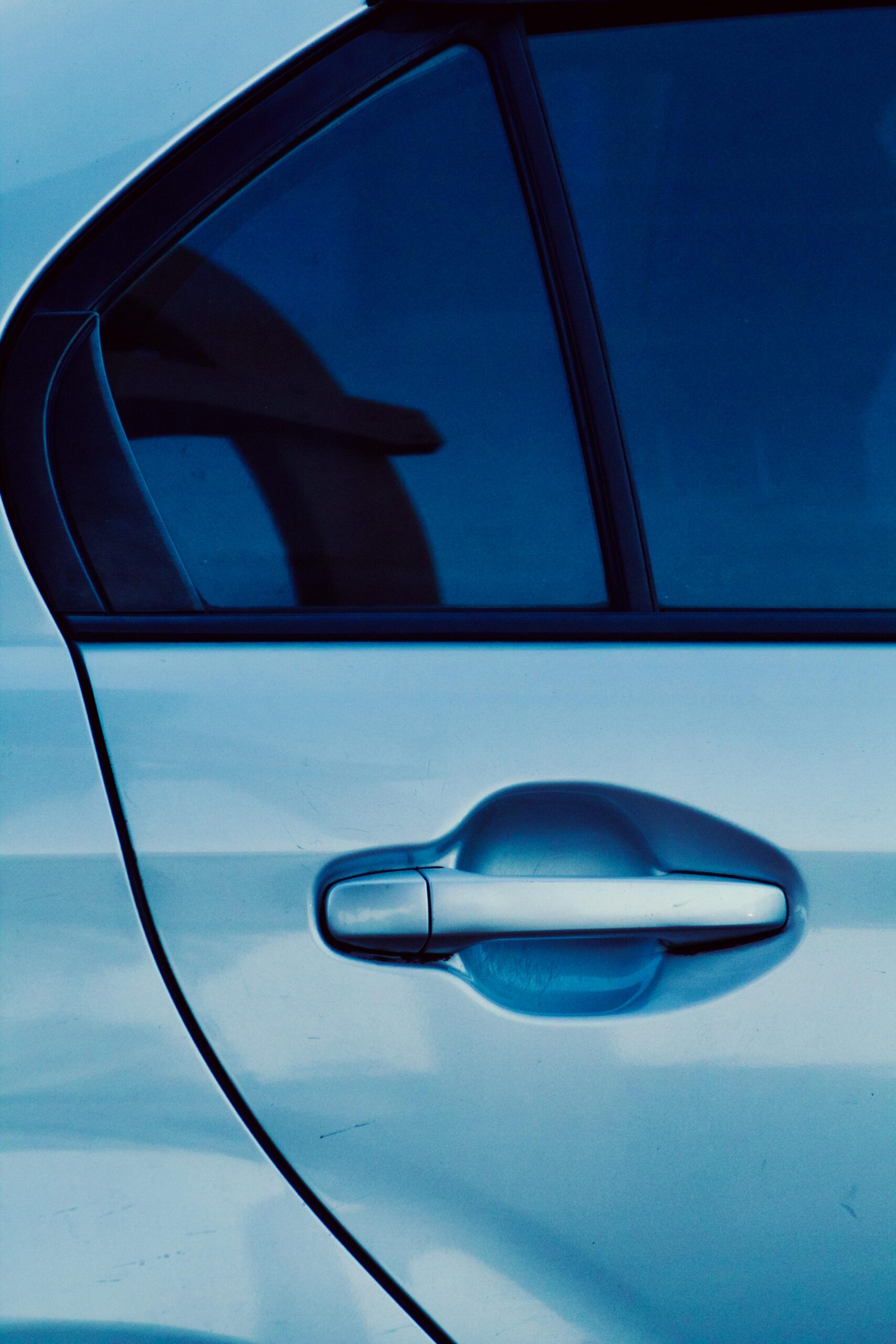
- Ceramic Window Tinting
- Carbon Window Tinting
- Full Vehicle Tint Packages
- High-Heat Rejection Films
